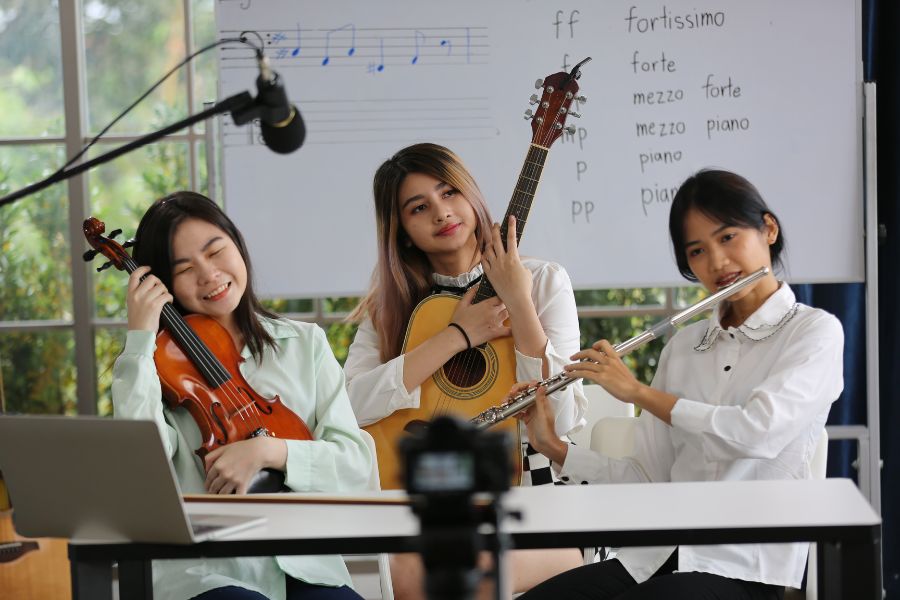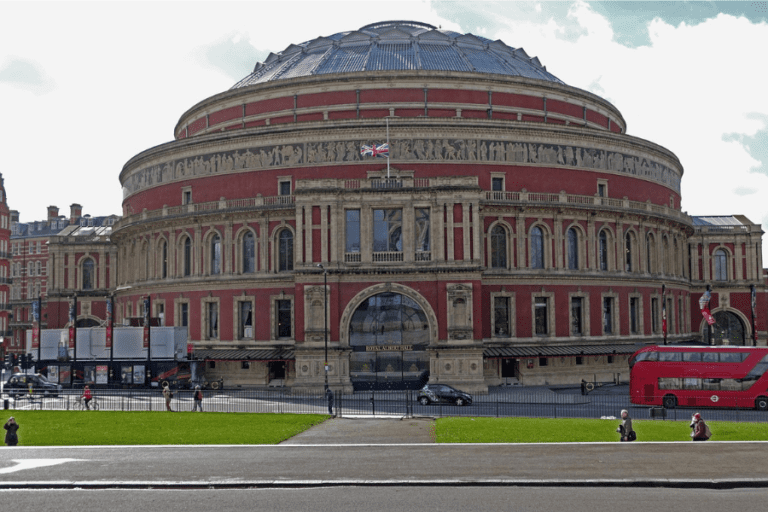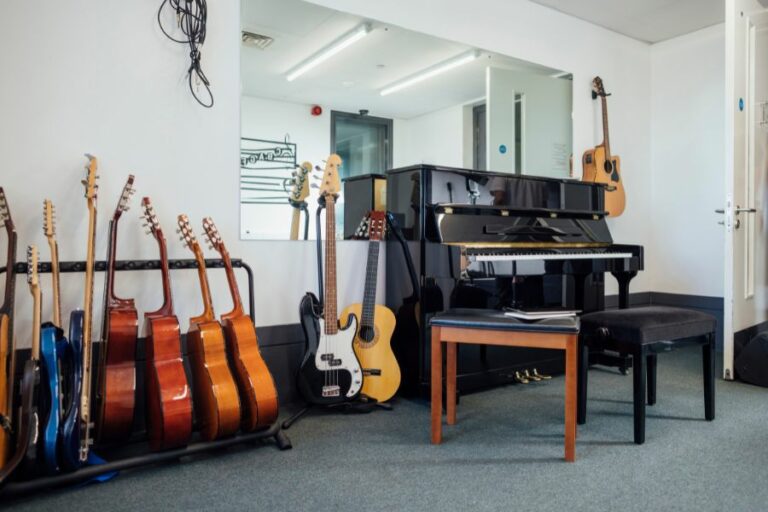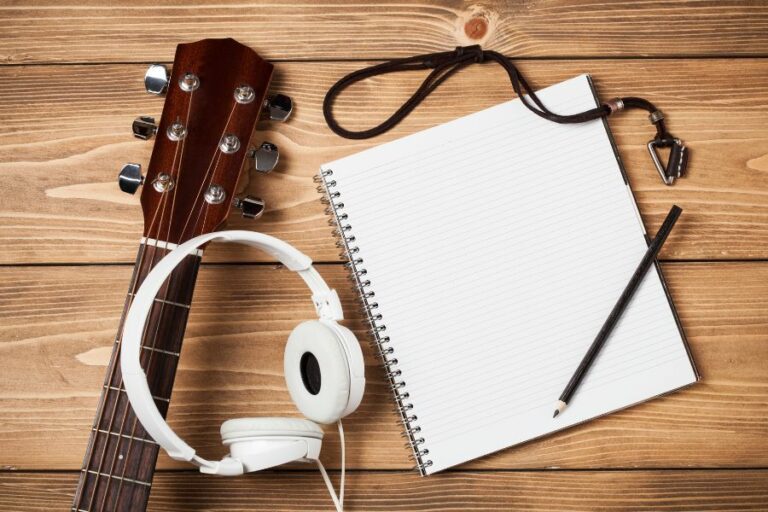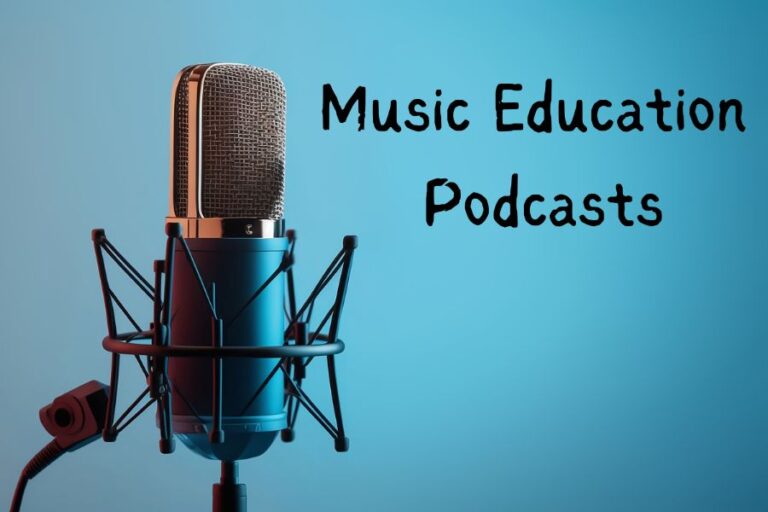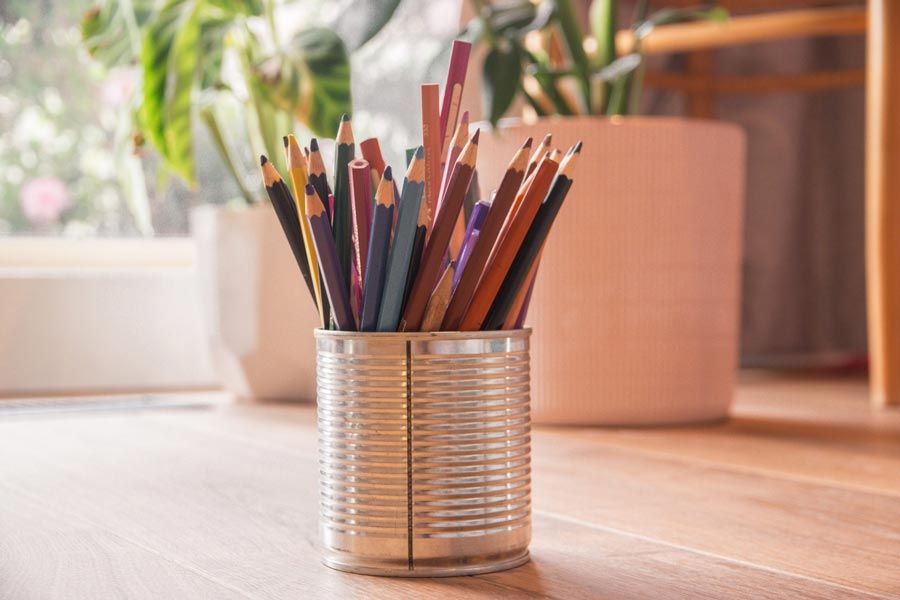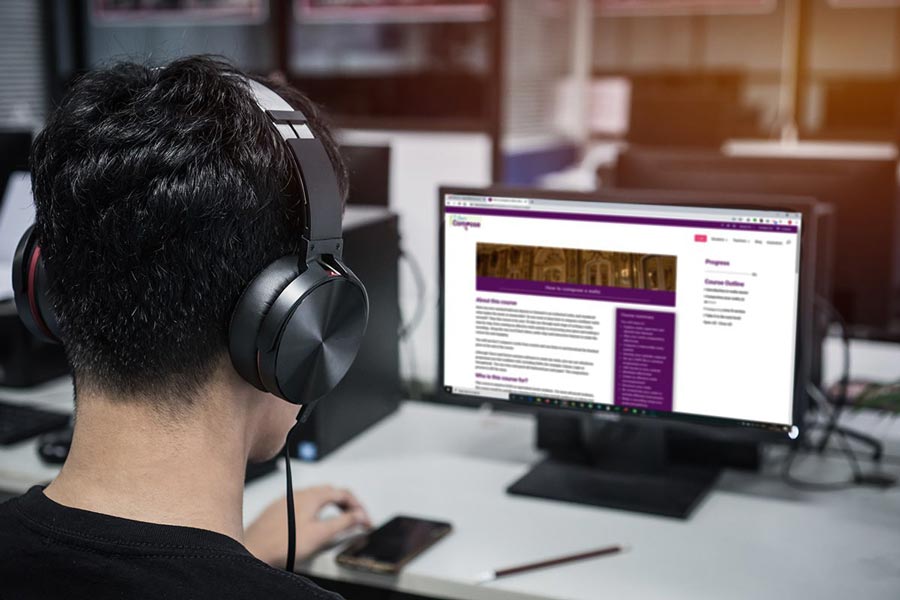Composition can be a rewarding yet challenging aspect of the secondary music curriculum to teach: with mixed ability classes, students simultaneously working in different musical styles and potentially limited time to give meaningful feedback, supporting students to compose independently can stretch even the most experienced teacher!
International schools can present their own unique challenges relating to student turnover (parents may travel and move for work regularly) and meeting different student needs. It’s likely that there will be a diverse range of cultural background represented, which can be a positive when it comes to music! Encourage students to share their experiences and draw on these when planning practical activities and creative tasks.
Secondary Music Qualifications
Whether you’re delivering GCSE, IGCSE, IB (MYP 4+5 / DP), Scottish National 5, Irish Leaving Certificate, or other secondary music qualifications, there will be a composing component and, regardless of the specification, students will need to demonstrate the ability to create and combine musical ideas, and handle techniques.
Some students may feel confident to experiment with, and develop musical ideas with little teacher input. However, it’s likely that some will require a more structured approach (which we’ll discuss later in the article), with clear modelling and solid examples to follow.
Building Student Confidence
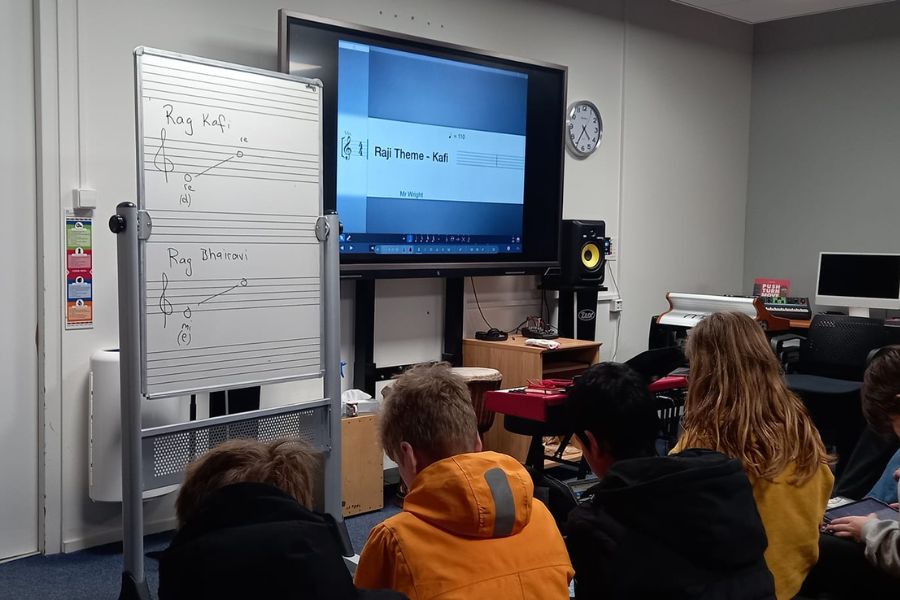
If secondary students have little or no prior composing experience, or have only explored one particular style, they may feel daunted when asked to create their own music or to focus on an unfamiliar style / technique. It’s important to develop a safe and creative learning environment where students can experiment with ideas and feel valued. Here are 3 tips for building confidence in your music classroom:
1. Plan paired / small group activities
Whilst class sizes and space/resources available might dictate that individual composing activities are not possible, getting students working collaboratively can generate more ideas and enable them to build on each others’ experiences..
2. Set low-stakes tasks
Giving students the opportunity to try new ideas without significant consequences can help to build confidence. In a music classroom context this might mean setting short composing techniques tasks, for example writing an 8-bar character theme or creating a chord sequence using suspended chords. These shorter tasks can potentially build towards a longer composition later in the course.
3. Purpose and relevance
To motivate and engage students, it’s a good idea to make tasks relevant to students – demonstrate why they are doing a particular task and what the wider application is. For example, I observed a brilliant Year 9 lesson on chords from Samuel Wright at the International School of the Hague, where he showed students how different chords were used to create the audio signals in a self-scan shopping app. Each signal was designed to elicit a particular emotional response and to ultimately encourage the customer to add more items to the shopping basket = real-world application of music theory!
Using a Structured Approach
Some course specifications, such as GCSE Music, lend themselves to a structured classroom approach. The amount of course content to cover within the 2-year timeframe, with exam preparation and coursework requirements, means that teachers often adopt a methodical plan, with creative tasks built in. This may mean scaffolding tasks and providing students with a clear composition structure and checklist. The assessment criteria can provide clear rubrics for students to follow.
When I visited Kent College Dubai and GEMS Wellington International School Dubai students were following the Edexcel GCSE specification and composing music to a set brief chosen from a set of four. The majority were embarking on the popular song brief. Students told me that they had a clear idea of what they needed to do to create an effective composition because the teacher had shared the assessment criteria and they had analysed some songs in class.
Encouraging Musical Exploration
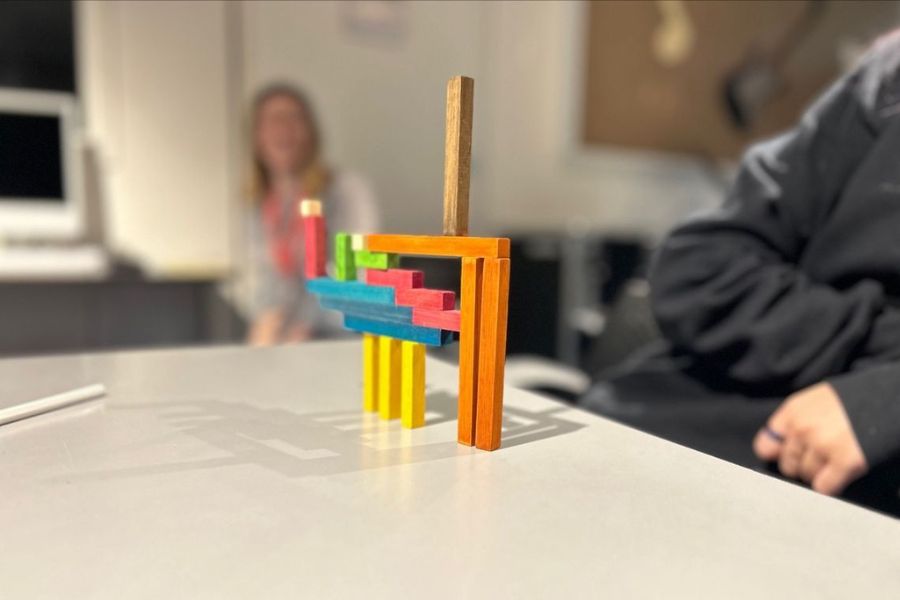
Image credit: Samuel Wright
Other music curricula encourage a more exploratory process (e.g. the IB MYP 4+5 and DP). I observed this on my visit to the International School of the Hague, where the teachers design lessons around inquiry-based learning for the IB programme. One lesson involved students using small building blocks and playing cards to create and perform graphic scores. In contrast to the (generally) UK structured approach, here, more emphasis is placed on the creative process: students pose questions to explore and record their findings through a portfolio of evidence. It does require students to be self-disciplined and demonstrate the ability to work independently.
Resources & Materials
Whichever curriculum you’re following it’s always helpful to build up a bank of reliable resources and to adapt your tasks and activities to suit your current students and setting. Combining theoretical aspects with practical exploration brings the creative process alive for students and if possible, try to integrate both instruments and technology in lessons.
Find out how I Can Compose can help with music composition in international schools.
